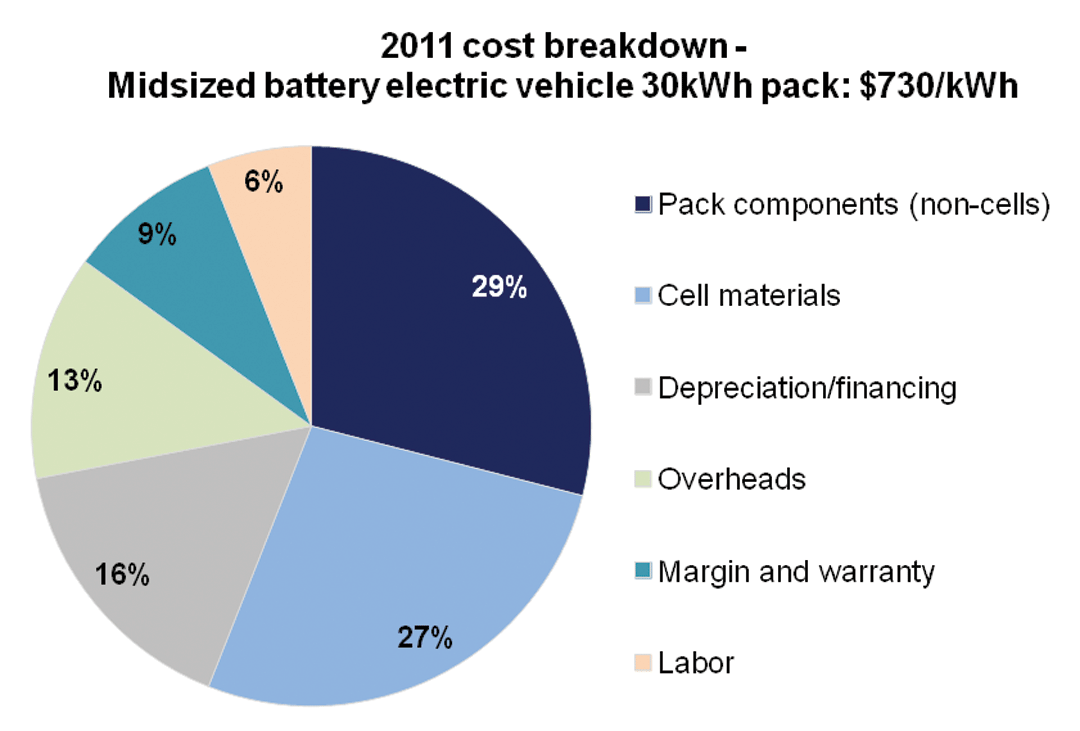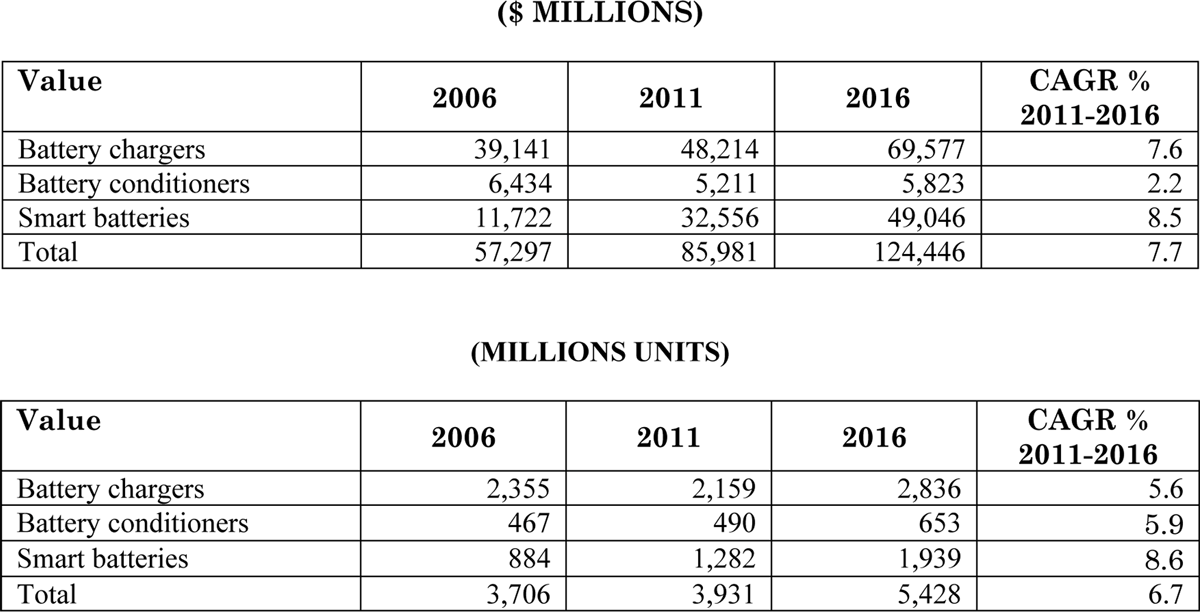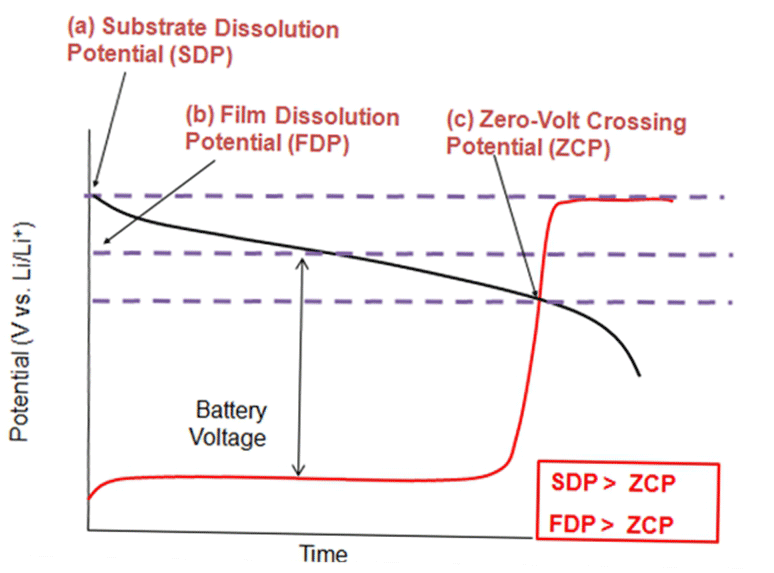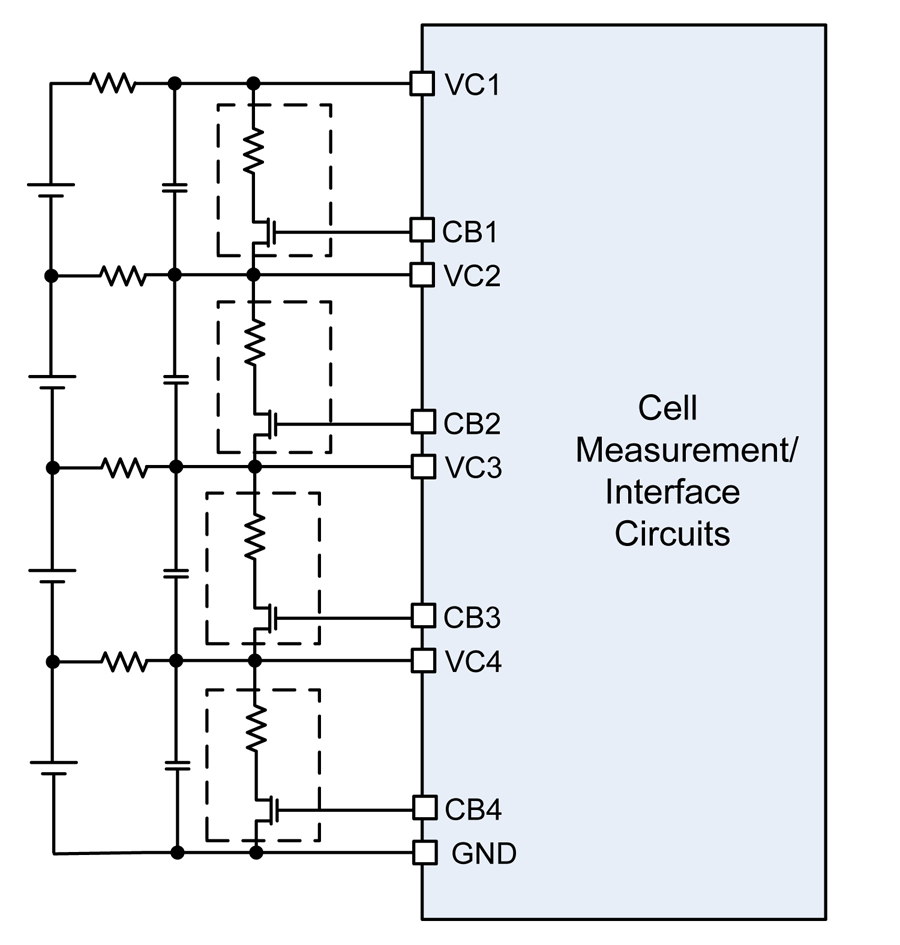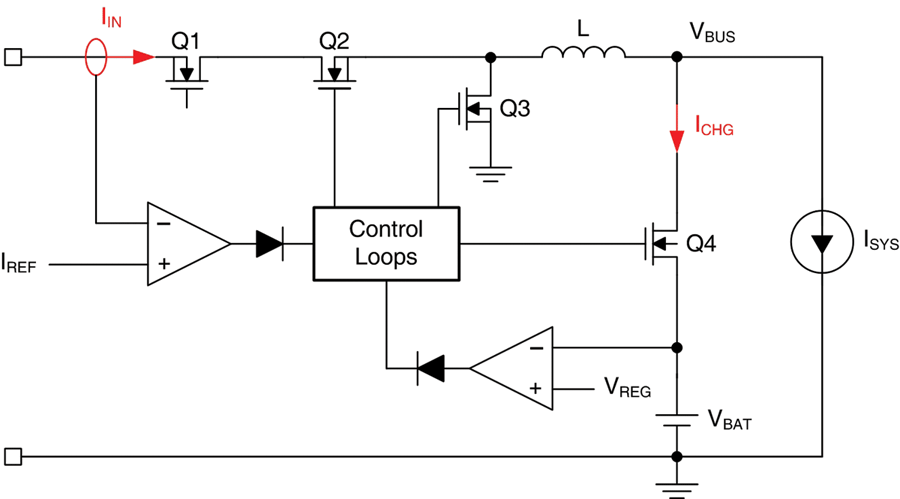Celine Cluzel, Shane Slater, Element Energy
George Paterson, Rebecca Trengove, Axeon
Recognizing the threat of rising temperature brought by climate change and what, as a developed country, the UK’s fair contribution to the global effort should be, the UK Government has set a legally binding target of 80 percent CO2 reduction by 2050 compared to 1990. The Committee on Climate Change (CCC) is an independent body that advises the UK Government on setting and meeting carbon reduction targets and on preparing for the impacts of climate change. Read more about Cost and Performance of Electric Vehicle Batteries …





